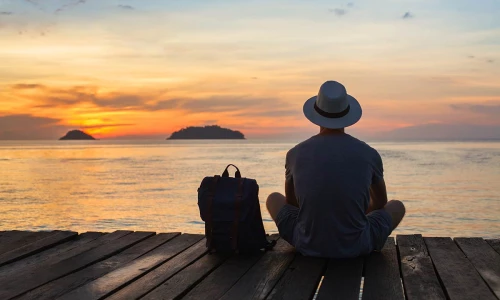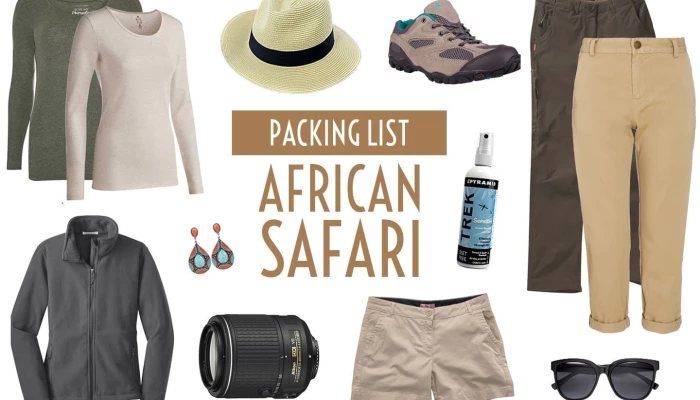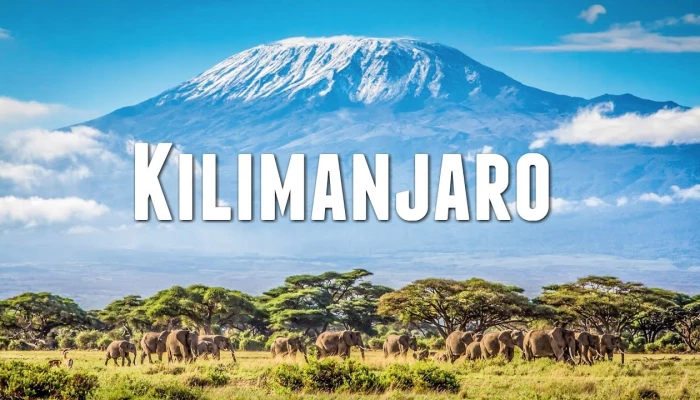Mount kilimanjaro tanzania
Related Articles
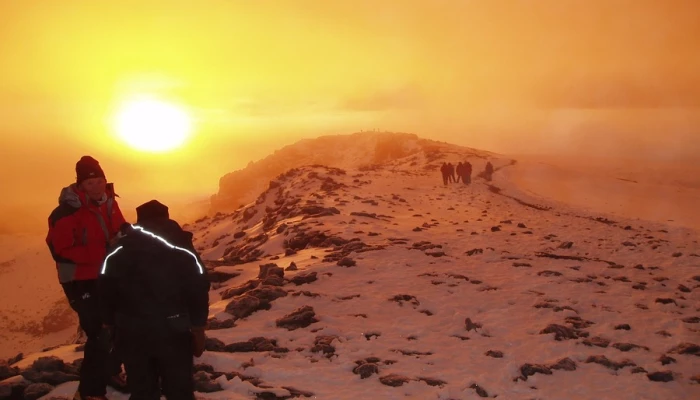
Mount Kilimanjaro Tanzania
Mount Kilimanjaro, located in Tanzania, is Africa's highest mountain and one of the most iconic peaks in the world. It is a popular destination for trekkers and climbers seeking to re…
Mount Kilimanjaro, located in Tanzania, is Africa's highest mountain and one of the most iconic peaks in the world. It is a popular destination for trekkers and climbers seeking to re…
Mount Kilimanjaro, located in Tanzania, is Africa's highest mountain and one of the most iconic peaks in the world. It is a popular destination for trekkers and climbers seeking to reach its summit. Here are some key facts and information about Mount Kilimanjaro:
Elevation: Mount Kilimanjaro's highest point is Uhuru Peak, which stands at 5,895 meters (19,341 feet) above sea level.
Location: Kilimanjaro is situated in Tanzania, near the border with Kenya. It is part of Kilimanjaro National Park, which is a UNESCO World Heritage Site.
Climbing Routes: There are several routes to the summit of Kilimanjaro, each offering a different experience in terms of scenery, difficulty, and duration. Some popular routes include the Marangu Route, Machame Route, Lemosho Route, and Rongai Route.
Vegetation Zones: Climbing Kilimanjaro provides the opportunity to pass through various ecological zones, each with its own unique flora and fauna. These zones include the cultivated zone, rainforest zone, heath/moorland zone, alpine desert zone, and arctic zone.
Climate: Kilimanjaro's climate varies significantly with altitude. The base is characterized by a tropical climate, while higher elevations experience colder and more alpine conditions. The summit is often snow-covered.
Trekking Seasons: The best times to climb Kilimanjaro are during the dry seasons: January to March and June to October. These periods offer clearer skies and more favorable conditions for trekking.
Summit Success Rate: The success rate for reaching the summit of Kilimanjaro varies by route but is generally around 60–70%. Acclimatization is a crucial factor in reaching the summit safely.
Altitude Sickness: Altitude sickness is a risk when climbing Kilimanjaro due to the rapid ascent. Climbers are advised to acclimatize properly, stay hydrated, and be aware of the symptoms of altitude sickness.
Wildlife: While climbing Kilimanjaro, you may encounter various wildlife species, including monkeys, birds, and small mammals. The rainforest zone is particularly rich in biodiversity.
Conservation: Kilimanjaro National Park is dedicated to preserving the mountain's unique ecosystems and wildlife. Conservation efforts aim to protect the natural beauty of the area.
Guides and Porters: Climbing Kilimanjaro typically requires the assistance of experienced guides and porters who help carry equipment and provide support during the trek.
Accommodations: Accommodation options on Kilimanjaro range from basic mountain huts to more luxurious tents and lodges, depending on the route chosen.
Climbing Kilimanjaro is a challenging but rewarding adventure that attracts trekkers and climbers from around the world. Proper preparation, including physical fitness and acclimatization, is essential for a successful and safe ascent to the "Roof of Africa."
Afrima Luxury Travel
Luxury Safari Consultant Afrima Luxury Travel is a Tanzania Expert Safari company dedicated to sharing Tanzania's beauty and wonders with the world.
Was this article helpful?
25 out of 78 found this helpfulRelated Articles
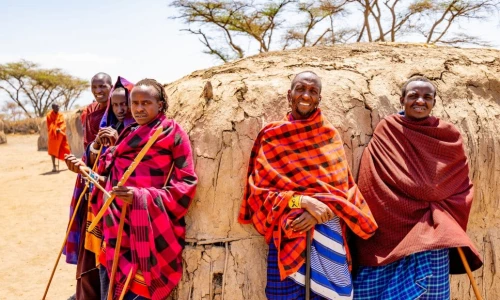
Tanzania Culture Safaris
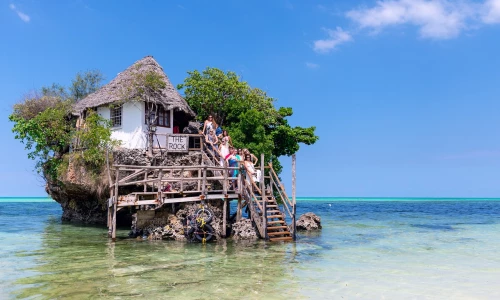
Zanzibar Beach Holidays
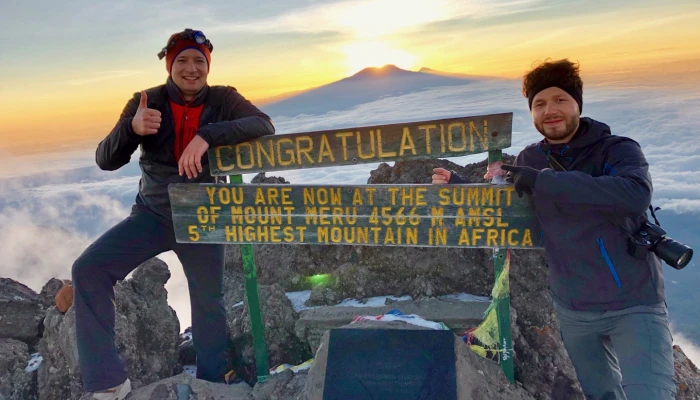
Mount Meru Tanzania

Tanzania Wildebeest Migration
